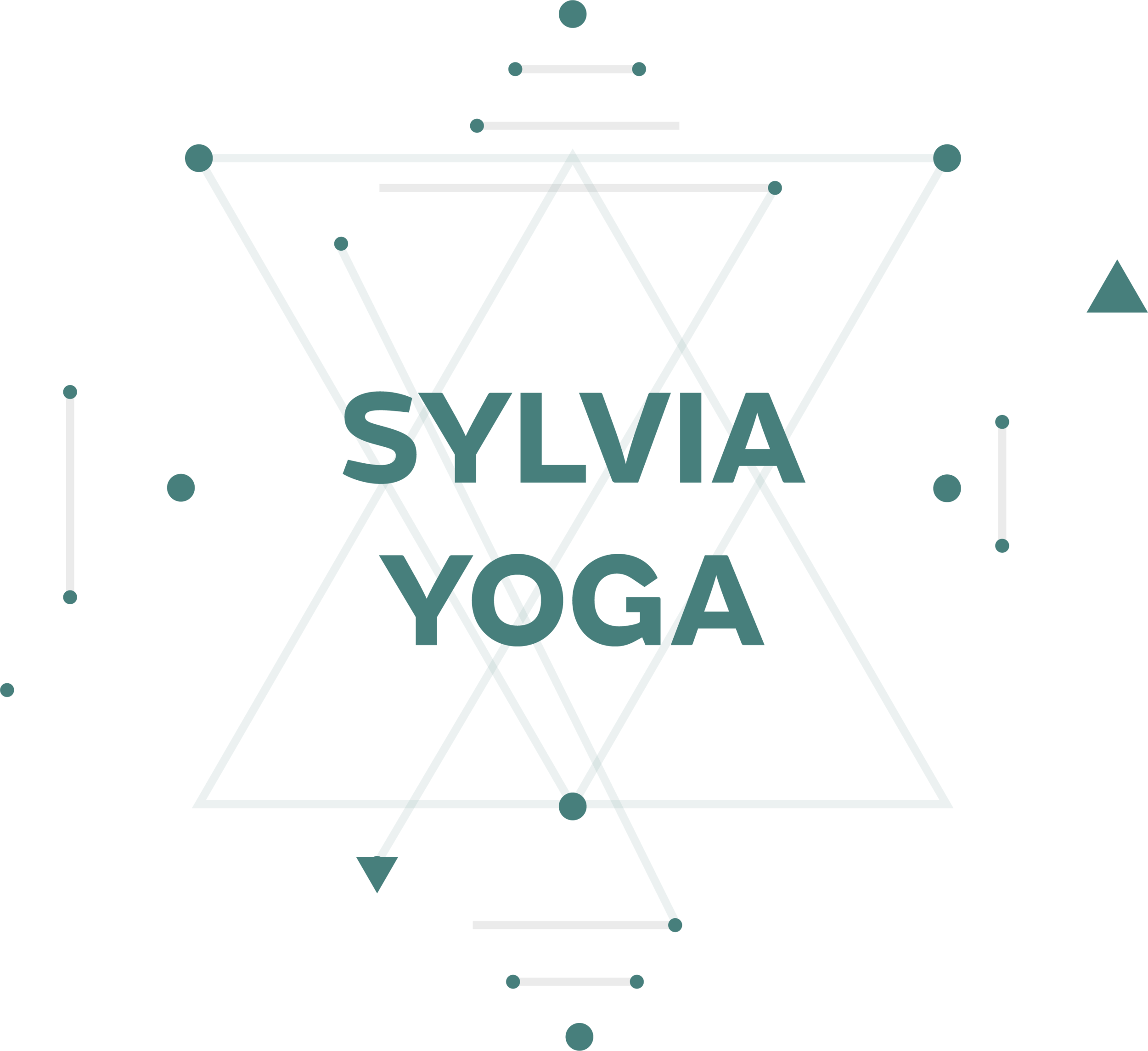Noticing the sensations of the body gives us freedom
Imagine going through your day wearing a belt that’s slightly too tight. Or shoes. Or a ponytail. Imagine the feeling when you loosen the belt, take off the shoes, untie your hair. The release. The freedom.
We often move through life completely unaware of subtle signs of tension. They linger in the background. Sometime they linger endlessly on until they shout at us to pay attention. With practice, with a mindfulness practice, we are more sensitive to the subtle sensations of the body so we notice sooner and we respond quicker. We notice, we alleviate discomfort, we learn how to relax. It might not be as obvious as the belt but many of us go through life with a little clench in our jaw, the remnants of a slight frown or a little knot inside us, like a grip in our inner bodies.
In meditation we learn to sit and observe the sensations of the physical body and the sensations of breathing. We learn to scan the body and take note of anything calling for our attention. The huge immediate benefit of this is that the very act of noticing itself brings immediate calm. It’s impossible for us to be thinking stressful thoughts and think of the body at the same time; it’s just not possible for the brain to do both. So in the act of switching your thoughts from busy mind to body you have automatically and immediately de-stressed slightly. We switch from ‘doing’ to ‘being’. This, in itself, is a moment of meditation.
Typically, the moment you notice tension the body the process of tension releasing begins. “I’m clenching my jaw” … the jaw softens slightly. Spending a couple of moments dwelling on the sensation we can soften the intensity of the sensation by encouraging the area to relax. This is particularly effective when combined with noticing the exhale. As you breathe out there is a subtle sensation of surrender in the physical body, with a little practice you can harness this moment and consciously allow physical tension to dissipate.
There are many practices we can do and a multitude of techniques available to us. First is actually noticing the sensations of the physical body. Lying deeply relaxed on the floor is a great way to explore this. With practice you then learn to tune into those sensations throughout the course of your busy day. Stuck in traffic you notice how hard your hands are gripping your steering wheel. Engaged in a difficult conversation you notice you are frowning or clenching your jaw. In a moment, with one breath, you release your grip and relaxation floods in like the belt being taken off.
Like all practices in life, the more the better. You can learn these skills in a class under the guidance of a teacher. Lots of us choose this option as we lack the discipline and initially the skills to do this practice alone. Typically after a few classes you discover you can take short periods of silence alone, even just for a few breaths, and go through the process. Maybe on your commute, maybe waiting in a queue, maybe consciously for ten minutes each day. Then, after a period of time the practice starts to happen all by itself. You become more and more attuned to the subtleties of your physical body and you notice. You learn how to relax at will.
“Breath is the bridge which connects life to consciousness, which unites your body to your thoughts”. Thích Nhất Hạnh
Sylvia teaches live online yoga twice a week and monthly online workshops. You can find out more on the events and workshops page or sign up for her newsletter on her home page. Pre-recorded classes are available to you any time, you purchase once and own forever. If you’re new to Sylvia or back to yoga after a break we suggest Hatha Yoga to start. Bundles include the Zen Collection, a variety of classes for every mood, and the Daily Collection, five half-hour daily practices. Please inquire about virtual Mindfulness in the workplace. We remain very hopeful for a return to outdoor yoga in Spring Summer ’21. Join us!

